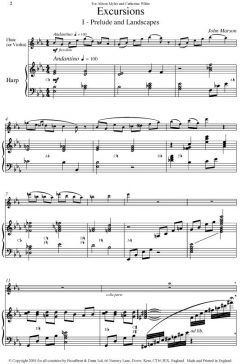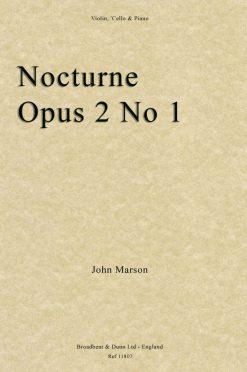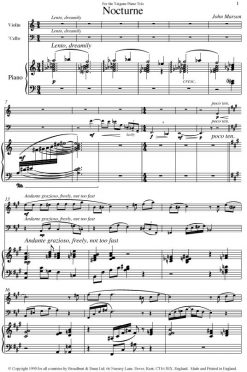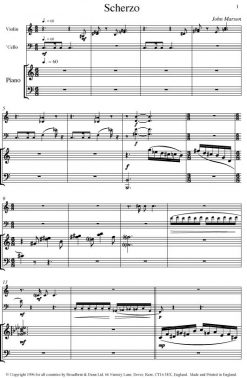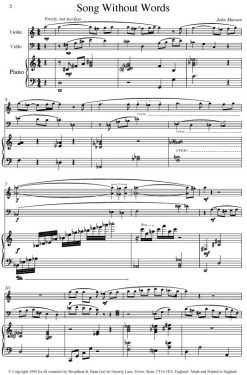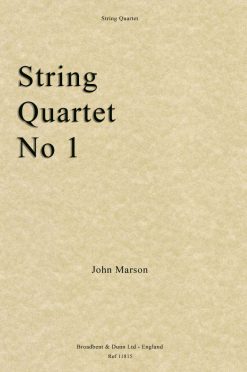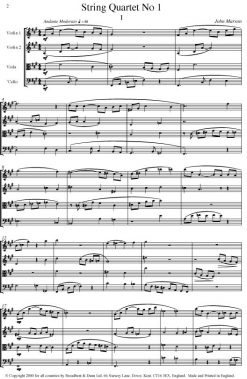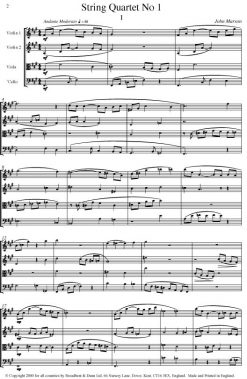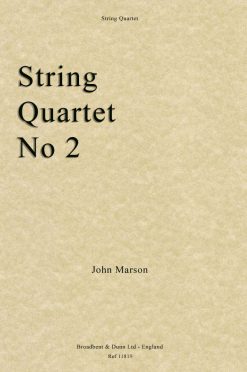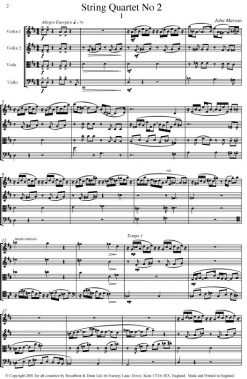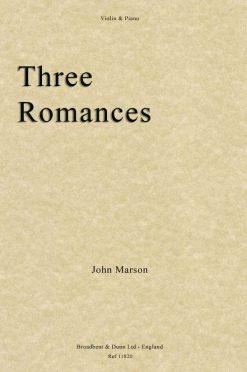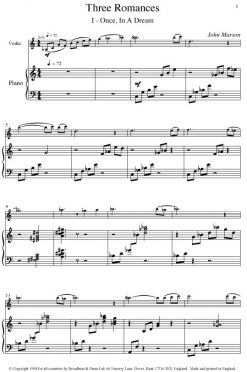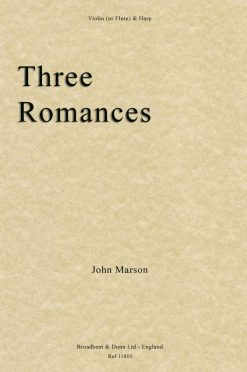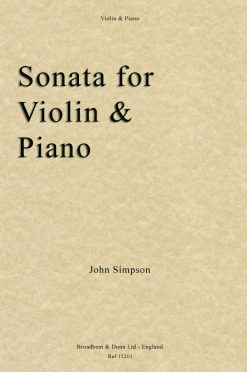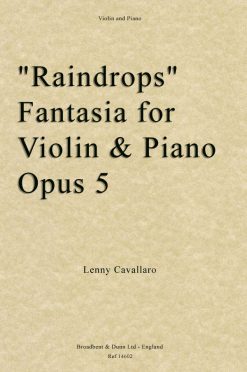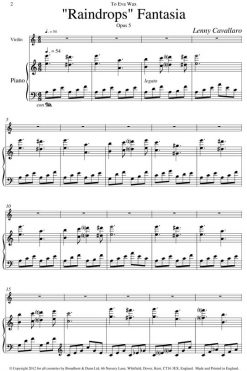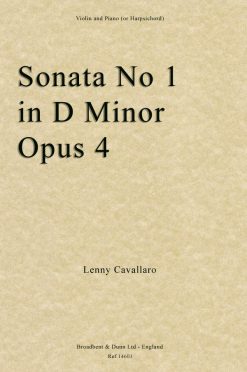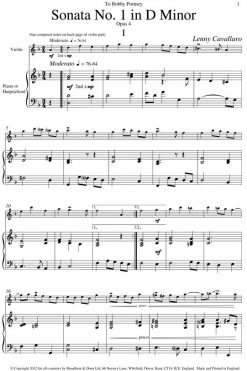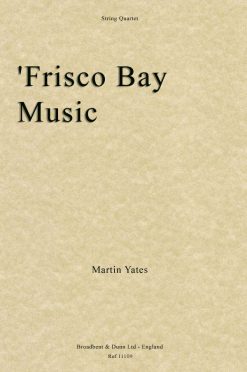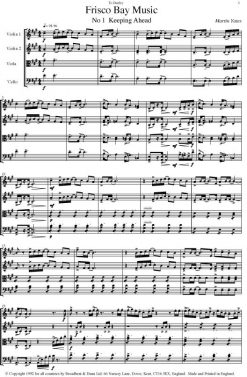-
×
 Martin Yates - One Summer, Sonata for Flute and Harp - Digital Download
1 × £16.95
Martin Yates - One Summer, Sonata for Flute and Harp - Digital Download
1 × £16.95 -
×
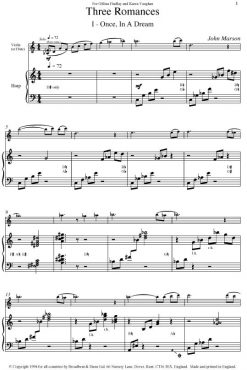 John Marson - Three Romances (Violin or Flute & Harp) - Digital Download
1 × £6.95
John Marson - Three Romances (Violin or Flute & Harp) - Digital Download
1 × £6.95 -
×
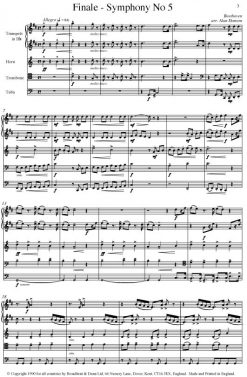 Beethoven - Finale from Symphony No. 5, Opus 67 (Brass Quintet) - Score Digital Download
1 × £4.95
Beethoven - Finale from Symphony No. 5, Opus 67 (Brass Quintet) - Score Digital Download
1 × £4.95 -
×
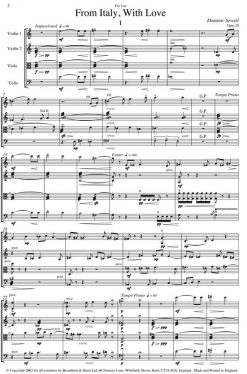 Dominic Sewell - From Italy, With Love (String Quartet) - Score Digital Download
1 × £6.95
Dominic Sewell - From Italy, With Love (String Quartet) - Score Digital Download
1 × £6.95 -
×
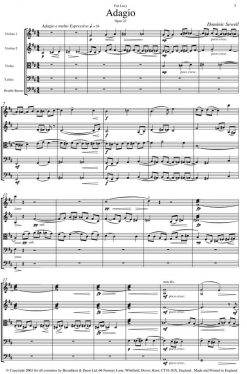 Dominic Sewell - Adagio for String Orchestra - Score Digital Download
1 × £3.95
Dominic Sewell - Adagio for String Orchestra - Score Digital Download
1 × £3.95 -
×
 Gordon Carr - Movements for Brass Quintet - Parts Digital Download
1 × £8.95
Gordon Carr - Movements for Brass Quintet - Parts Digital Download
1 × £8.95 -
×
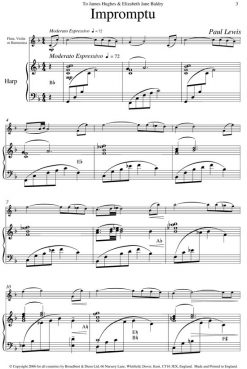 Paul Lewis - Impromptu (Flute, Violin or Harmonica & Harp) - Digital Download
1 × £6.95
Paul Lewis - Impromptu (Flute, Violin or Harmonica & Harp) - Digital Download
1 × £6.95
Subtotal: £55.65

